Last week, the mainland telecommunications giant unexpectedly launched the Mate 60 Pro smartphone, using an advanced processor manufactured on a 7-nanometer (nm) process, right at the time when US Commerce Secretary Gina Raimondo was visiting China and Beijing was preparing to announce the establishment of a $40 billion semiconductor development support fund.
The findings by TechInsights, an Ottawa-based electronics analysis firm that was the first to tear down Huawei’s latest product, show that China has made progress in manufacturing high-end chips even as the US imposes sweeping export restrictions on advanced chipmaking equipment.

“It demonstrates the technical progress that can be made in the Chinese semiconductor industry without EUV (extreme ultraviolet lithography) tools,” said Dan Hutcheson, an analyst at TechInsights. “But it also creates geopolitical challenges that could lead to even tighter technology restrictions.”
Observers say the discovery of the new chip could trigger an investigation by the US Department of Commerce’s Bureau of Industry and Security, raising questions about the effectiveness of sanctions, thereby affecting the possibility that the US Congress will add more “harsh” content to the competition bill against China.
The most advanced chip SMIC has ever produced is known to be 14nm, as the company was banned by Washington from buying EUV machines from Dutch company ASML in late 2020.
However, TechInsights said last year that it believed SMIC had achieved 7nm chip manufacturing capability by refining older generation photolithography machines (DUV) that were not on the export ban list.
Therefore, Huawei may have purchased technology and equipment from SMIC to produce chips instead of a collaboration between the two companies. However, Tilly Zhang, an analyst at Gavekal Dragonomics, said that regardless of which company is manufacturing, the limited number of products released to the market shows a low yield rate, as well as high industrial costs. Along with that, the new export restrictions imposed by the Netherlands will also make it difficult for China to access DUV machines in the future.
“They have shown a willingness to accept much higher costs than usual to release chips to the consumer market. This is only possible with a combination of Huawei’s deep pockets and generous government subsidies,” Zhang analyzed.
Some research firms predict that SMIC's 7nm process will have a yield rate of less than 50%, compared with the industry's 90% or more, and will limit shipments to around 2-4 million chips, not enough for Huawei to regain its former smartphone market dominance.
Jefferies analysts believe Huawei is on track to ship 10 million Mate 60 Pro units, although it may struggle to support that volume with its Chinese-made 7nm chips.
In that case, it could move to a 10nm chip, but the estimated efficiency would only be 20%, Jefferies said.
“US controls are imposing high costs on manufacturing controlled technologies in China,” said Doug Fuller, a chip researcher at Copenhagen Business School.
(According to Reuters)
Source


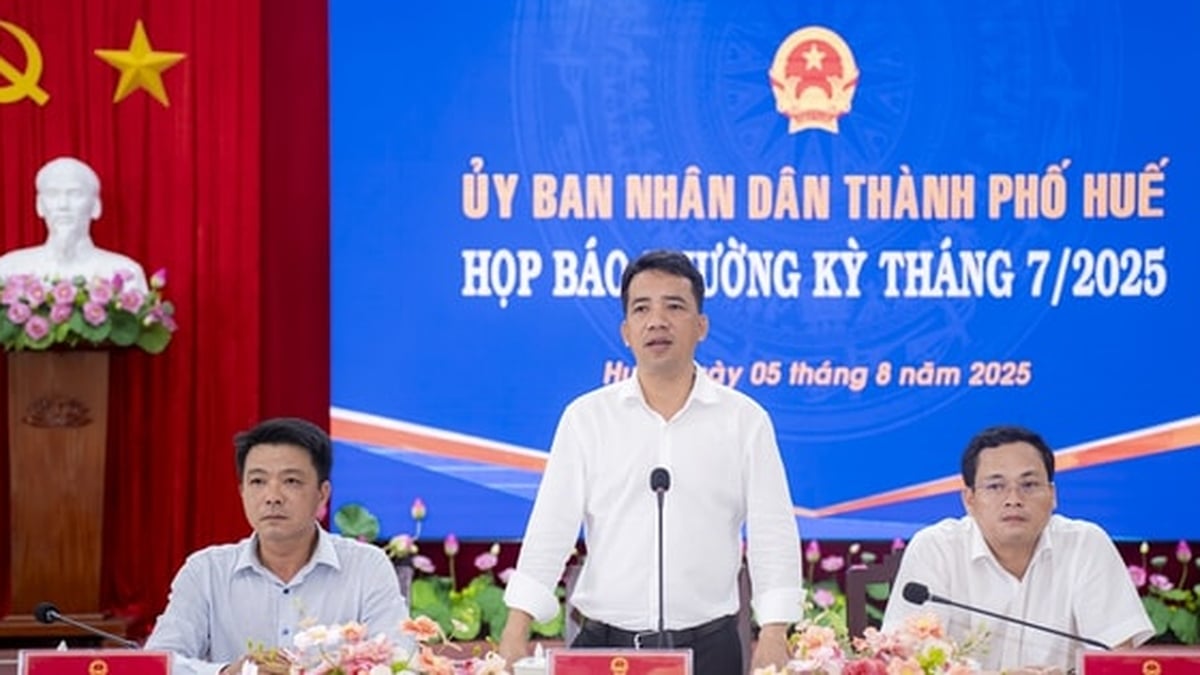

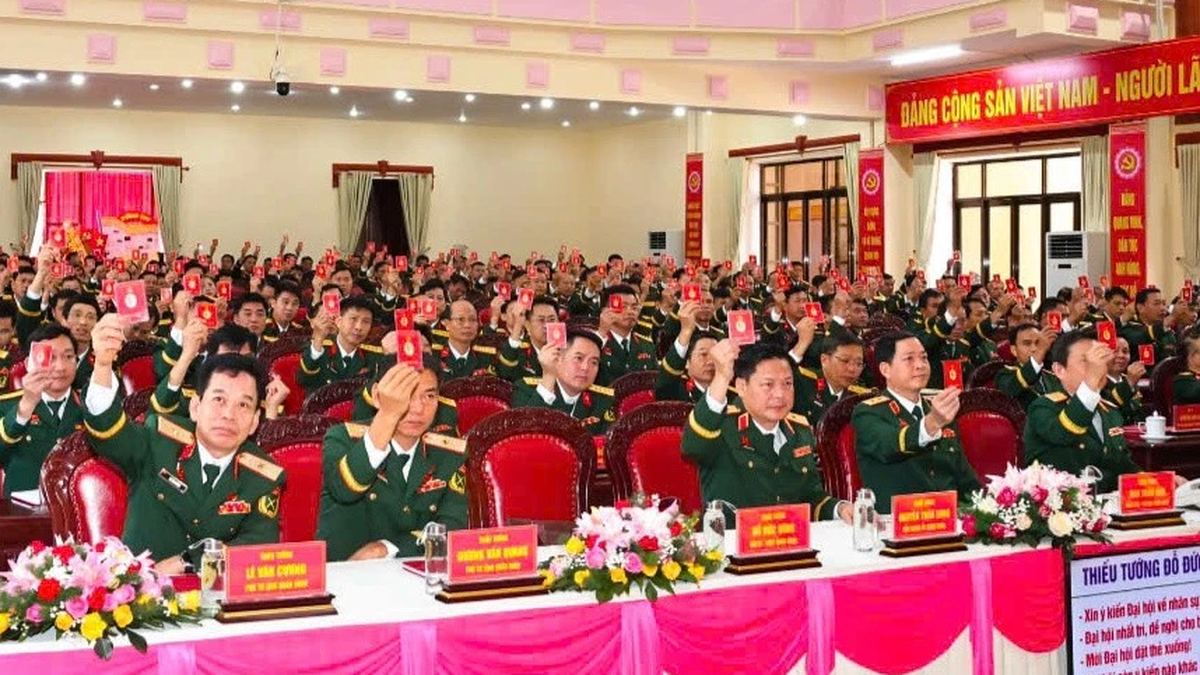












































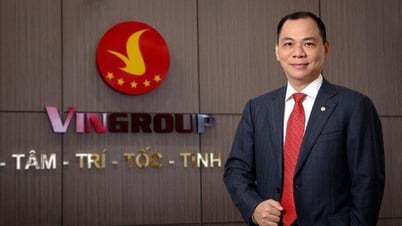



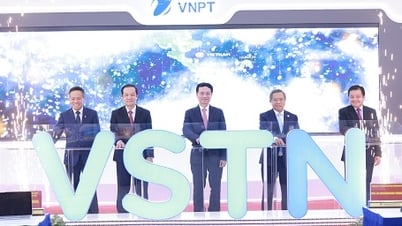

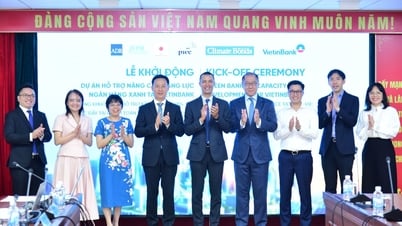
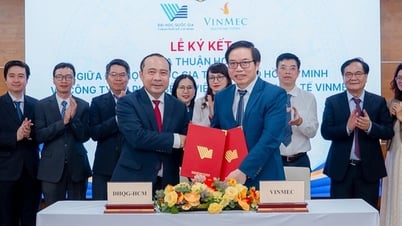


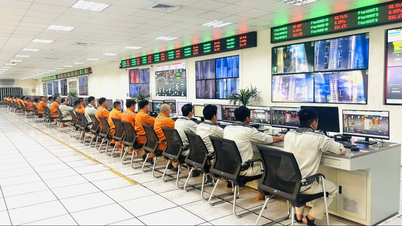

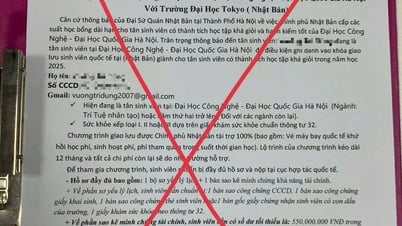









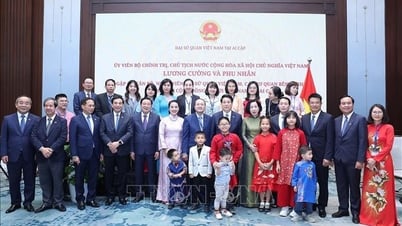



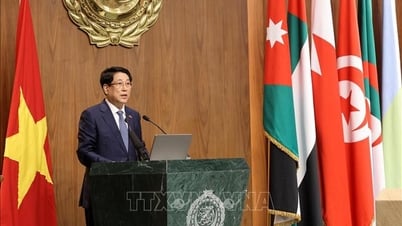






















Comment (0)